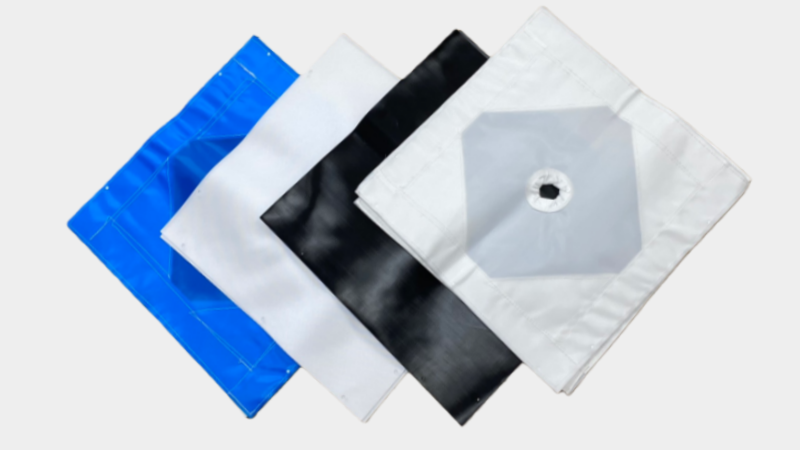In industries such as mining, food processing, chemical production, and wastewater treatment, press filter cloth plays a crucial role in wet processing. Efficient filtration not only shortens production cycles and produces drier filter cakes, but also ensures clearer filtrate and reduces operating costs. To achieve optimal performance, it’s essential to focus on the following five key factors.
1.Accurate Selection – Mastering the Art of Filter Cloth Pore Size
The pore size of the filter cloth should be smaller than most solid particles in the slurry to ensure effective retention, while avoiding excessive blockage. For fine or viscous materials, monofilament filter cloth is recommended for its smooth surface and easy cake release. For materials with uneven particle sizes, multifilament filter cloth offers both fine filtration and good permeability.
2.Understanding Material Characteristics
The pH value and temperature of the slurry have a direct impact on the filter cloth’s performance and lifespan. Corrosion-resistant filter cloths are ideal for strong acid or alkali conditions. For high-temperature applications, materials such as PPS or PTFE fibers are preferred to prevent aging and deformation of the cloth.

3.Using Filter Aids to Enhance Performance
When dealing with difficult-to-filter or high-viscosity materials, adding filter aids can significantly improve efficiency. These additives form a porous structure within the filter cake, maintaining open channels and enhancing both filtration speed and cake permeability.
4.Proper Cleaning and Maintenance to Extend Cloth Life
Clogging is the main cause of declining filter efficiency. After each cycle, rinse the filter cloth thoroughly with clean water to prevent hardened residues. Depending on usage frequency, perform regular deep cleaning with low-pressure steam, dilute acid, or alkaline solutions to dissolve stubborn impurities and maintain cloth permeability and regeneration ability.
5.Optimize Operation and Conduct Regular Inspection
Beyond the filter cloth itself, operational parameters and equipment condition also affect performance. Regularly check the flatness of the filter plates, pressing pressure, and feed concentration to ensure stable operation and prevent cloth damage or leakage.
Conclusion
Improving the filtration efficiency of plate and frame filter cloth is a systematic process. By mastering these five key factors, you can significantly boost filtration efficiency, achieve drier filter cakes, extend cloth lifespan, and ultimately reduce operational costs while enhancing productivity.
 Bolian Filter Cloth
Bolian Filter Cloth

